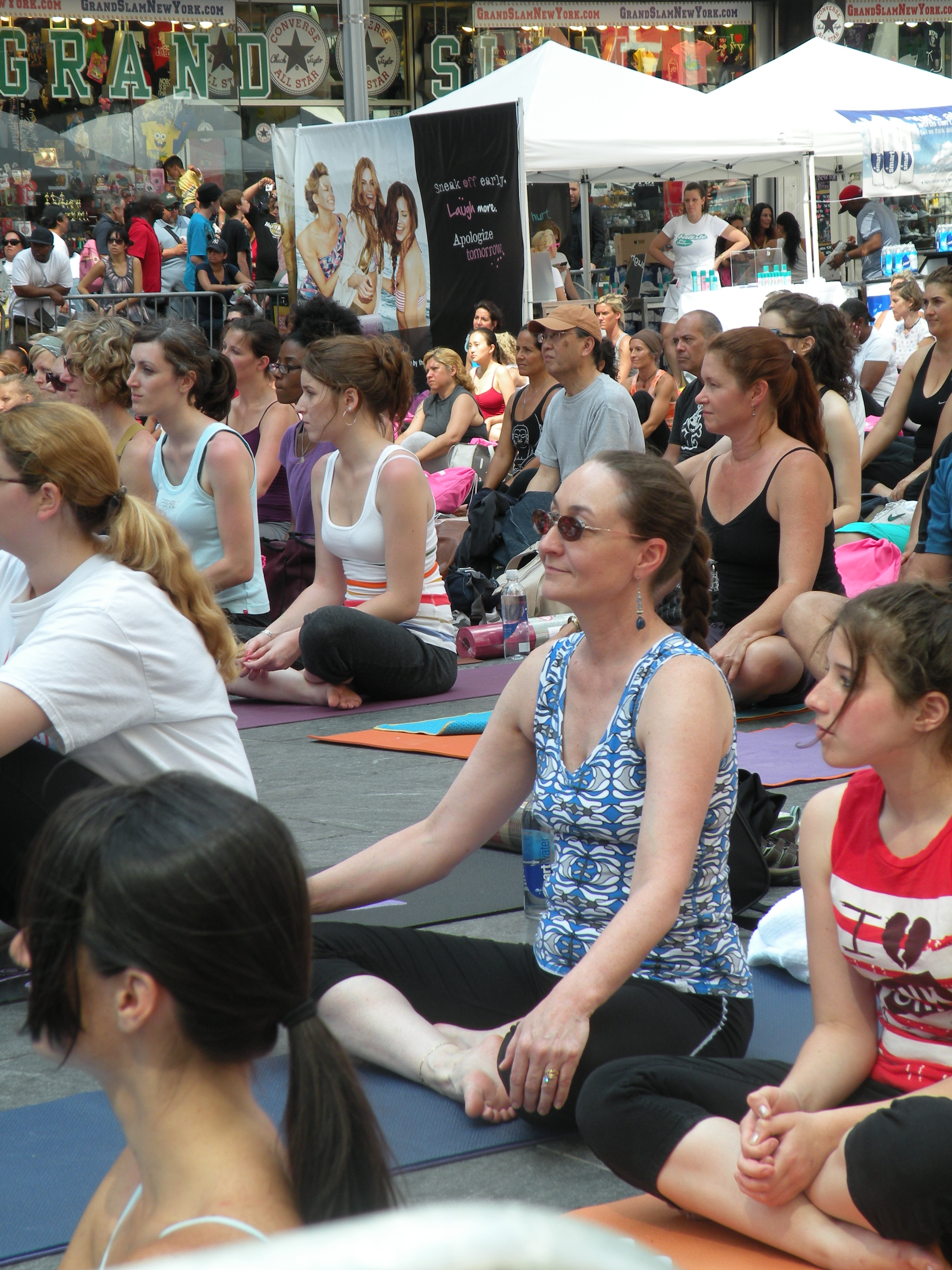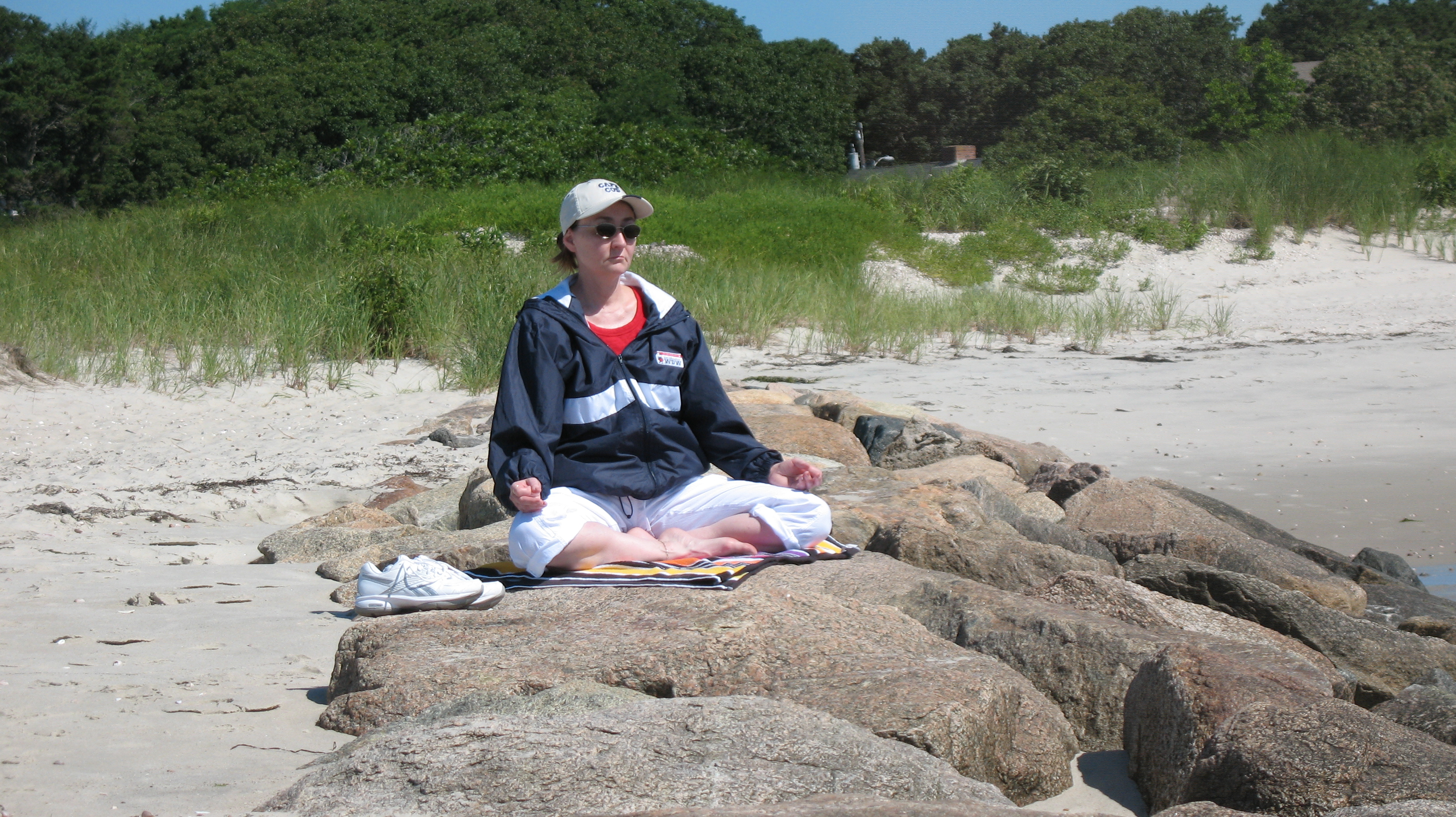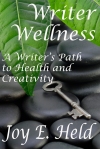RELAXATION FOR WRITERS
25 April 2025
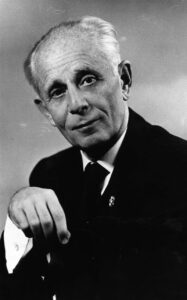
A researcher named Hans Selye began ground-breaking studies in the 1930’s on stress. Since then, we’ve been educated on the detrimental effects of stress on our mind-body-spirit system. Stress is bad has and is the message, but Selye was among the first to define eustress or conditions that are productive and healthy for the body. Distress=negative situations. Eustress=positive impacts. Like the feeling of euphoria, eustress represents life events such as achieving a goal, going on vacation, getting a good evaluation, or doing something you enjoy. Stress is unavoidable and always has been. From the first time a saber-toothed tiger chased a primitive hunter out of the forest, stress has and will continue to be a part of the life and development of humankind. And writers. I could end it here by saying, “Just deal with it,” but that wouldn’t be helpful. What I am going to suggest is reframing your relationship with (di)stress to achieve a balanced acceptance of it in your life and work as a writer.
TIME CANNOT BE MANAGED
One of the biggest lessons I have learned from 50 years of practicing yoga and meditation is that time cannot be managed. It can only be accepted. Not changed, reversed, challenged, or revisited. Time is in control, and it is life altering to accept that and not constantly be at war with it. I learned this from the simple practice of counting my breaths and noticing how Time became not the enemy or friend but my steady companion. Time is the constant. We are not. Even though Time is a man-made concept, I believe that it is the source of much of our (di)stress. Reframing my perception of Time as simply a construct rather than a master was very relaxing. This is what I mean by revising your impression of stress to something more positive.
STRESS CANNOT BE MANAGED
Time cannot be managed regardless of how happy your planner or appointment app may be. It will march forward with or without you and not be impressed by whether you keep up or not. So why let it manage YOU? I believe the same about managing stress. It is a fact of life and cannot be “managed” any easier than time can be. Both concepts can be ORGANIZED but not managed. Imagine the faces on my students the first day of the “Stress Management” college course I taught for years when I explained my perspective on time and stress. Neither is manageable but you can rethink your view and achieve understanding, balance, and relief by accepting this and learning to COPE.
“EUSTRESS TOOL KIT”
1.The first step is acknowledging your place in the hierarchy of stress and time. You are not in control but that doesn’t mean you can’t play well with them.
2.The second step is creating a list of what you already know helps you relax. From the simple to the complicated and the mundane, making a list of what you find relaxing provides you with a tool kit for accepting what you can’t change and believing that life will be okay. This is your “Eustress Tool Kit.”
3.Third step is practicing the actions on your personal relaxation list on a daily basis. At least one relaxing activity per day will help you achieve balance and develop the understanding that you can handle almost anything because you know that stressful situations happen and that you have a set of tools to help you cope.
My “Eustress Tool Kit” list includes:
Walking
Yoga
Counting breaths
Gardening
Meditation
Reading
Water
Journaling
Butterflies
A day without appointments
Purple things
Colored markers
Helping people
Learning something new
The sound of my grandson’s voice
Blank paper
Not burning what I’m cooking or baking
Laughing
Thinking
Sharing
What’s in your “Eustress Tool Kit” that you can pull out once or twice a day to cope with stress instead of fighting with it?
If you want to look deeper at this idea, I highly recommend reading The Upside of Stress, Why Stress is Good for You, and How to Get Good at It by Kelly McGonigal (Penguin Random House, 2015).
Up Next: Eat Right to Write Right
Sign up for my weekly e-newsletter by filling out the form below. Thanks in advance!
Be well, write well.
~Joy
This article may contain affiliate links which may result in the author receiving a commission when readers purchase items through the links.
MY WRITEDAY SUBSCRIPTION BOX CART OPENS MONDAY, MAY 5. Don’t miss out on this fun box of writerly goodness lovingly called by one subscriber “A treasure trove for writers.” The May/June box is called “My Writing Coach.”


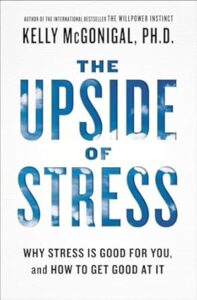

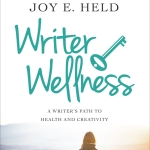 The idea for my book and workshop Writer Wellness: A Writer’s Path to Health and Creativity
The idea for my book and workshop Writer Wellness: A Writer’s Path to Health and Creativity 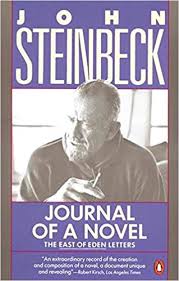
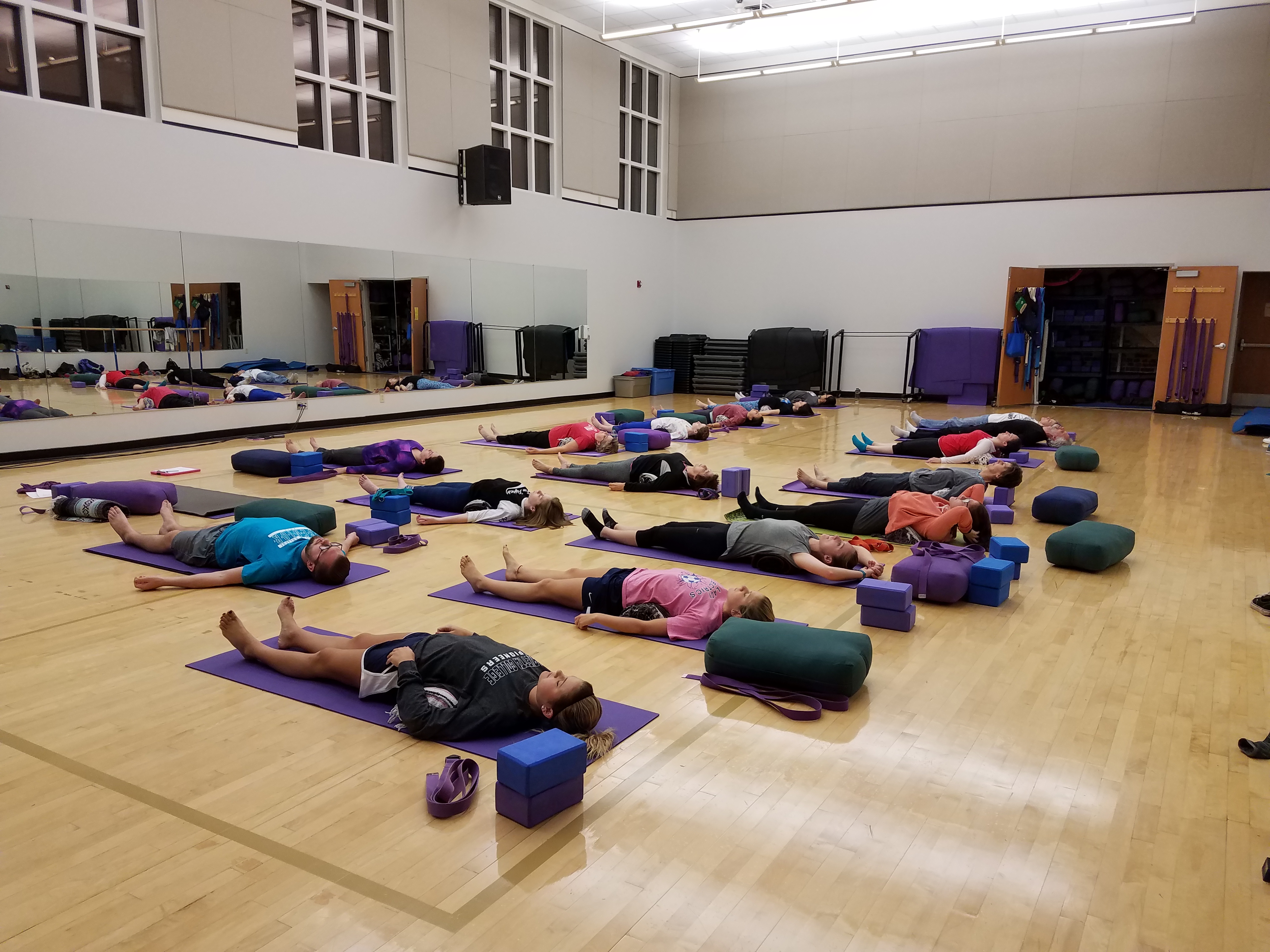 A Liquid Mind Can Be Messy
A Liquid Mind Can Be Messy



